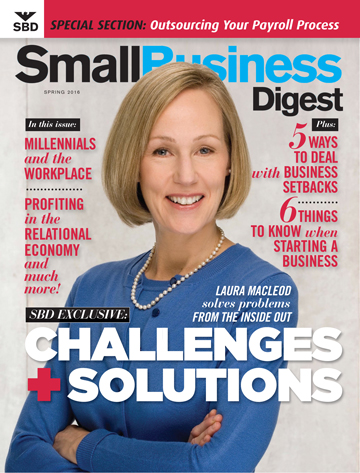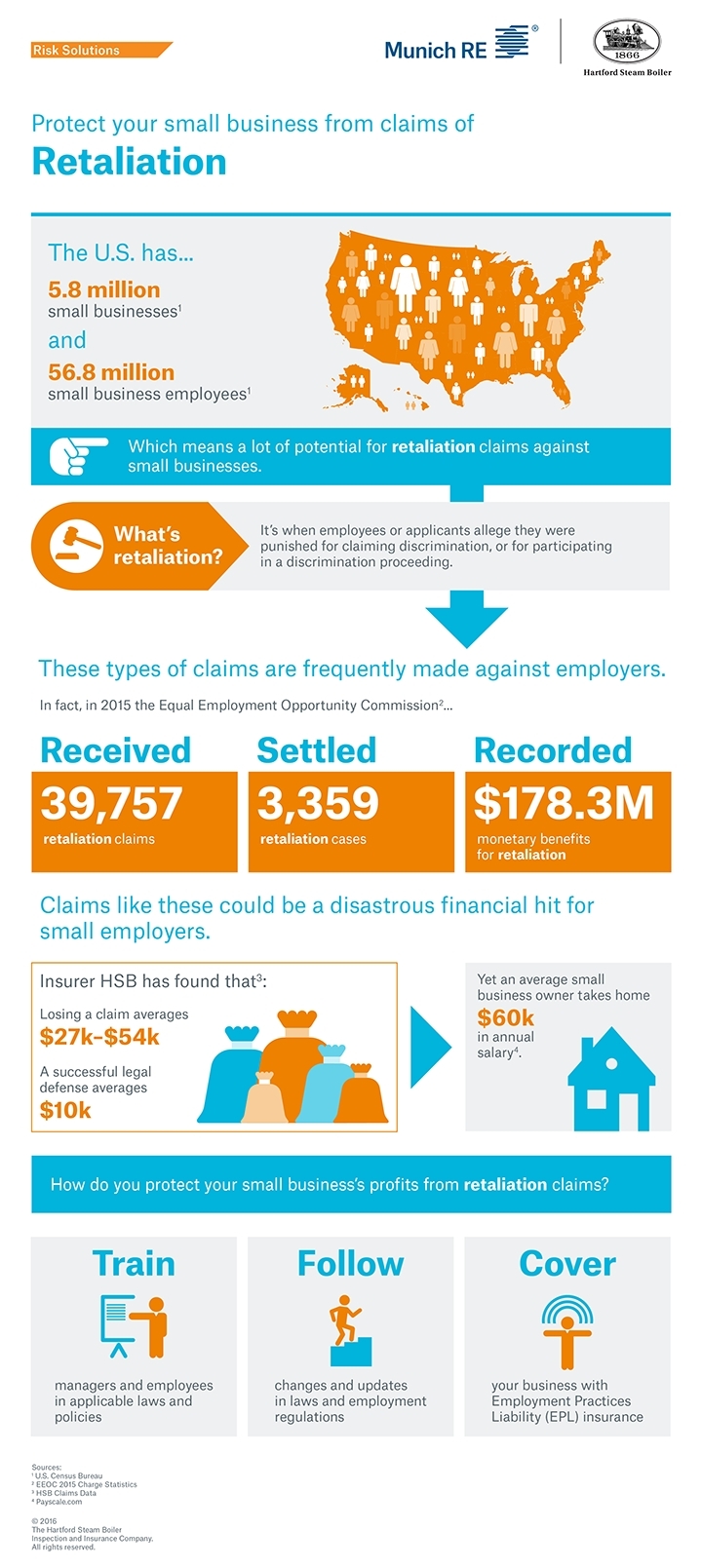The Myths and Realities of SBA Loans
Although many people do not value anything received free, there are many available resources that do not cost small businesses monies.
Kala Gibson, Senior V.P and Head of Business Banking, Fifth Third Bankreports seizing growth opportunities for your business is no easy task.
However, according to a recent Fifth Third Bank survey, small business owners aren’t doing themselves any favors. In fact, 81 percent of small business owners admitted they hadn’t worked with free community resources dedicated to helping their business grow.
One such organization, the U.S. Small Business Administration, should be at the top of every small business owner’s list. SBA loans are available through banks and can provide an essential resource at the right time. However, there is a lot of confusion about SBA loans, so here’s a quick guide to get you started.
Understanding the SBA: The SBA began backing loans to businesses in 1954 to help American businesses expand, create jobs and reinvest their profits. Fifth Third Bank has been a preferred SBA lender for a quarter century. Currently, the agency sponsors several government-guaranteed loan programs along with a collection of state offerings. During the recent recession, SBA-guaranteed loans were extended to midsized businesses as well as smaller companies, and there are very few limitations on business eligibility.
How SBA loans work: Along with being government-guaranteed, SBA loans carry other benefits. For example, banks accept lower down payments on SBA-backed loans — typically 10 percent rather than 20 percent. SBA loans also carry longer terms — 25 years rather than 20 years — which results in lower monthly payments. Both fixed and variable interest rates are also capped on SBA loans.
Myths and misconceptions: Some business owners shy away from SBA loans (our survey revealed that only seven percent had applied for one), because they fear that a government regulator will audit their business if they apply for a loan. That’s simply not true; the government never interferes with the loans.”
On the other hand, some business owners believe that the SBA will guarantee their loans even if they are not creditworthy. This also isn’t true. You have to have the cash flow to make the payments. The government won’t guarantee a risky loan — regardless of the collateral you put up.
Popular programs: For businesses that need capital to bolster cash flow, fill new orders and fund growth, the most commonly used SBA program is the 7(a) loan. A bank can lend up to $5 million under this program and up to $350,000 under its 7(a) Express loan, which involves less paperwork. Another popular use of SBA loans is a making a real estate purchase via the SBA’s 504 loan program. With the 504 loan, property is the collateral.
Now that you have a refresher course on the SBA, Gibson encourage you to contact your business banking partner to determine if an SBA loan is right for your growing business.
Kala Gibson is the senior vice president and head of business banking for Fifth Third Bank. Stay connected at @FifthThird. Fifth Third does not provide legal or tax advice. This information is provided for educational purposes only and is subject to change. Fifth Third Bank. Member FDIC.




